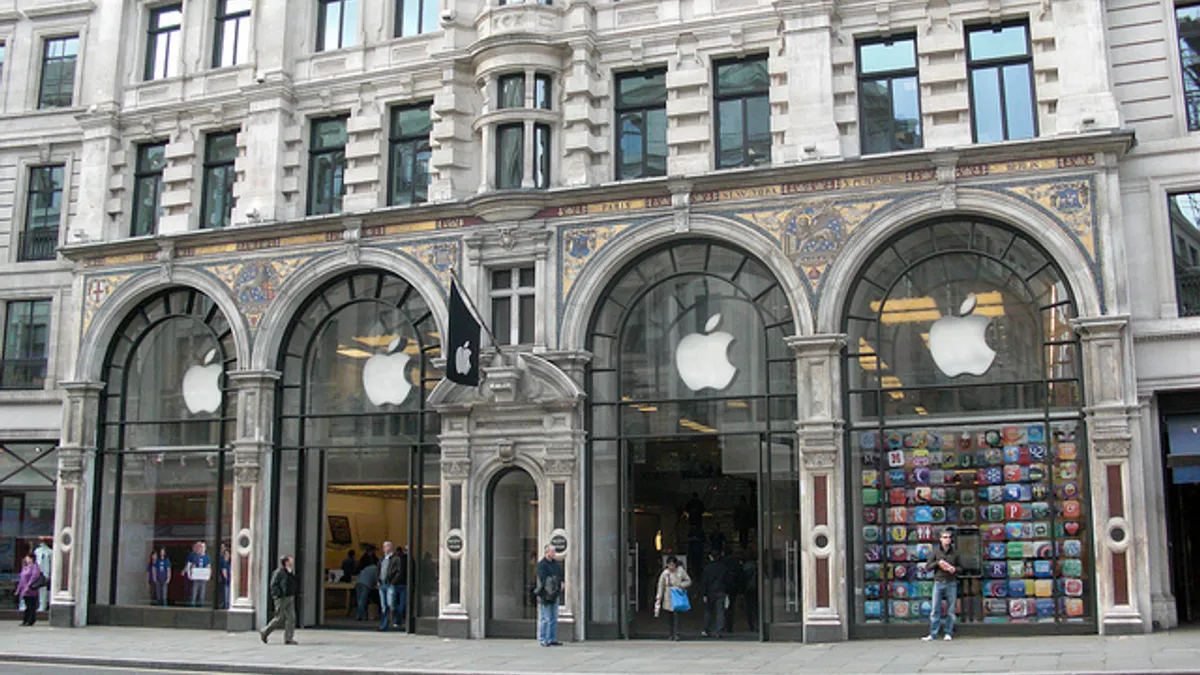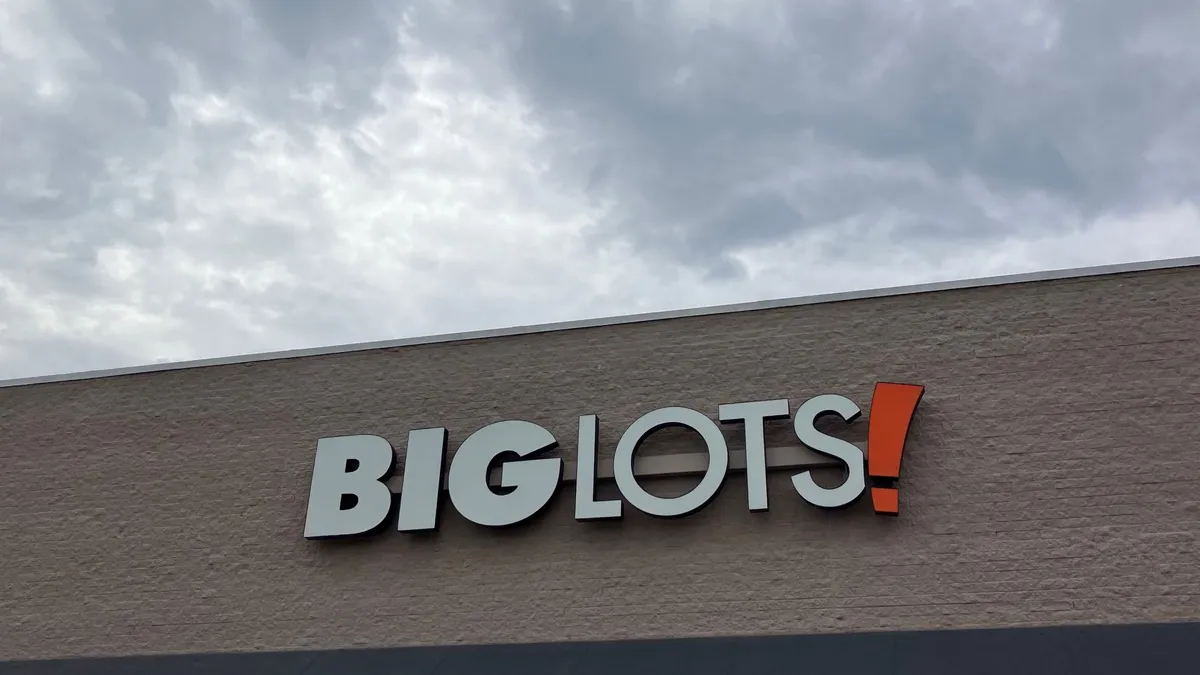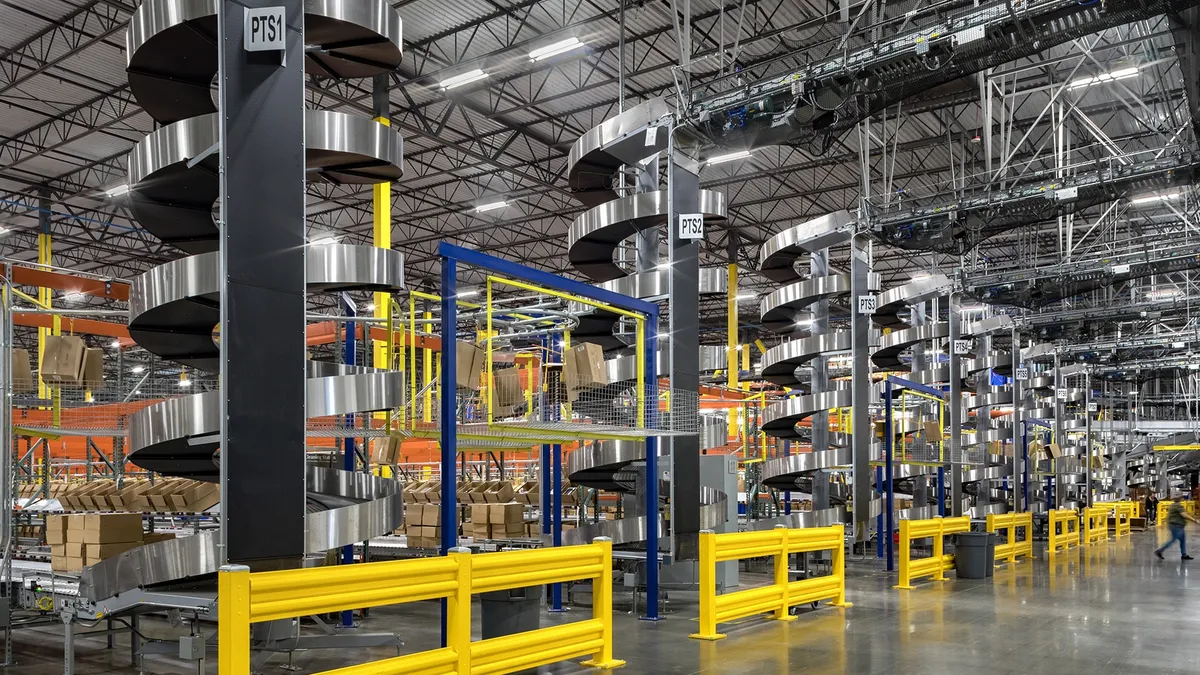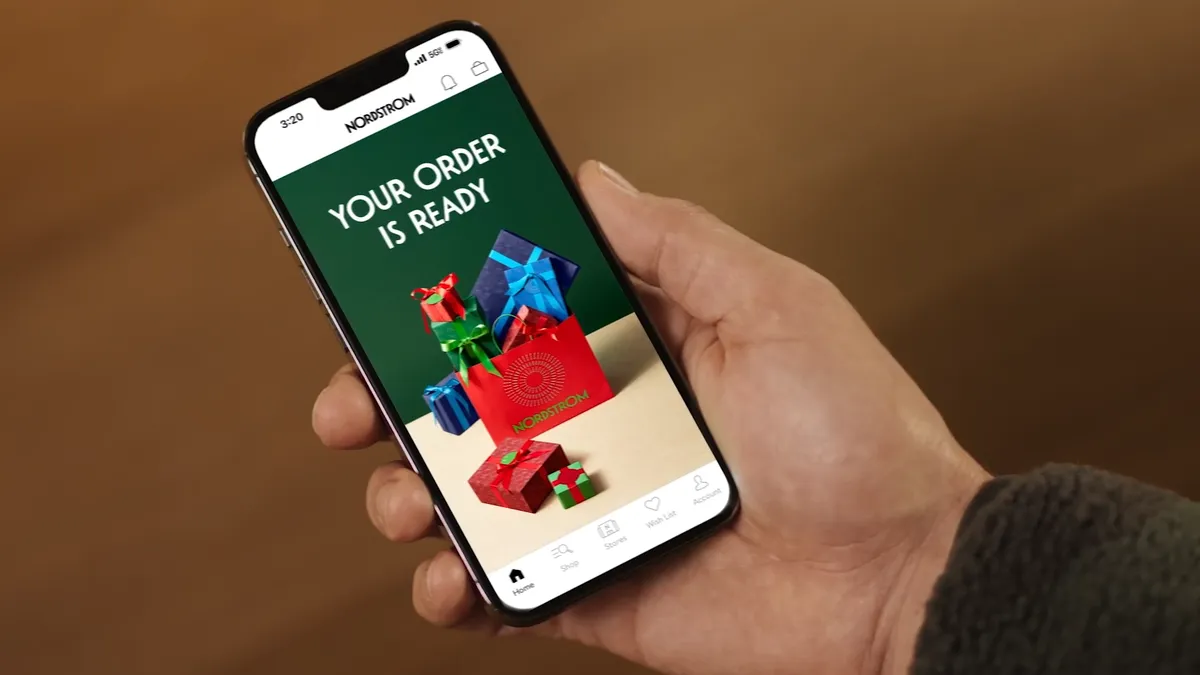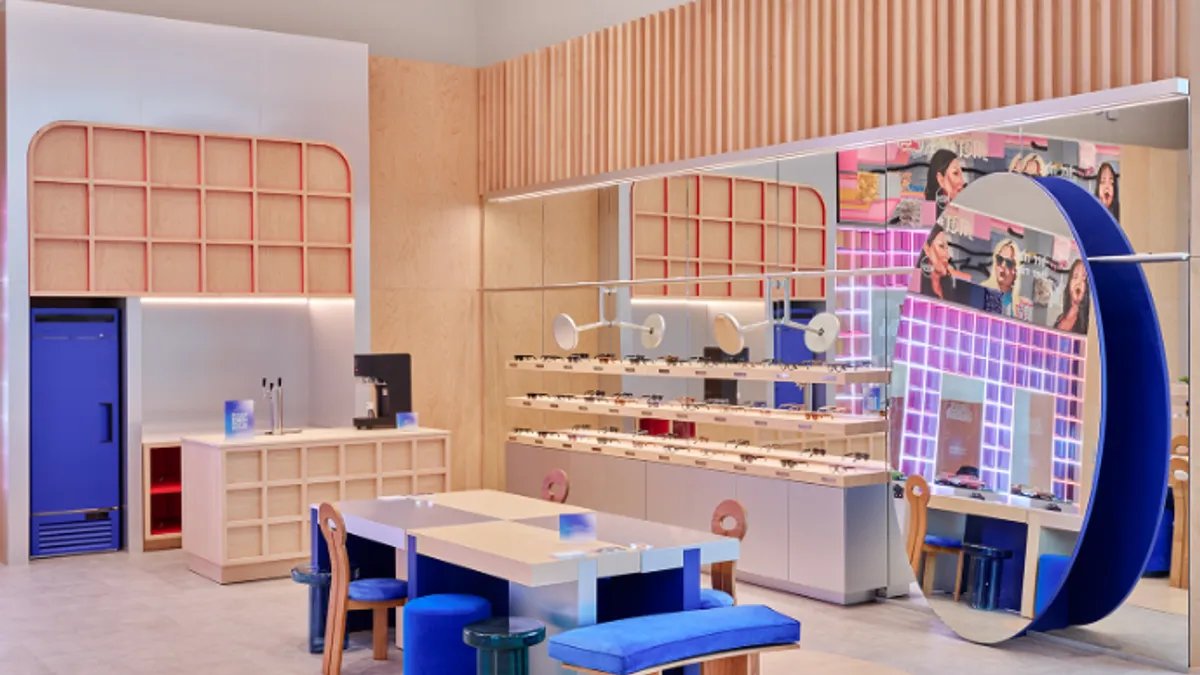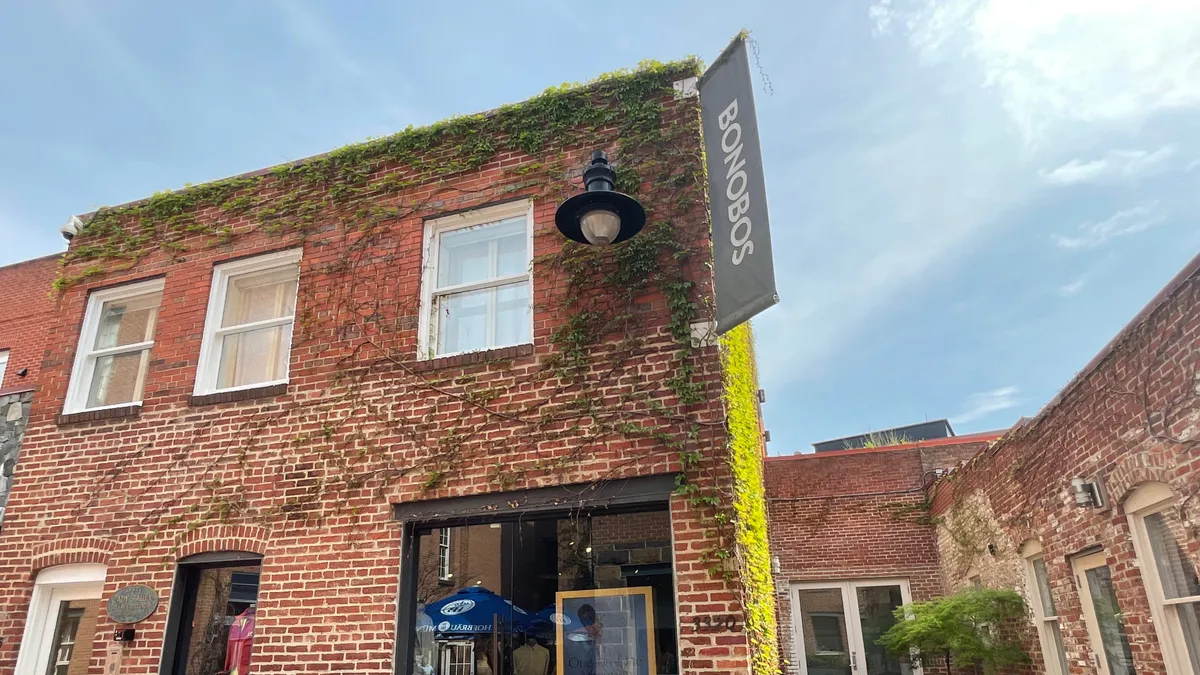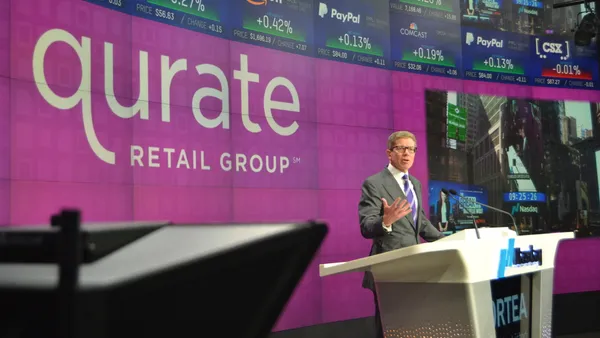Online shopping's importance continues to grow, and the history of Amazon.com’s stock price proves it. Meanwhile, Google is testing the water in the grocery industry with its new service Google Shopping Express in California. Now that customers can buy household necessities without leaving home, brick-and-mortar stores face more pressure than ever to provide higher-quality experiences and incentives.
So what can be done?
Generally, changes at brick-and-mortar stores include upgrades such as architectural modifications, new mobile technology, environmental alterations or anything else that might contribute to one ultimate goal: satisfied, paying customers. Meanwhile, new tech that can help shave dollars off of overhead costs is often welcomed as well. Specifically, some stores provide mobile payment options, self-service kiosks or even “magic mirrors.”
Here are five fine examples of big-name retailers who have made upgraded their facilities in the past year. Check what they've been up to, and you may find some ideas to take to heart.
1. Best Buy: Adding stores within stores
In 2012, Best Buy had to deal with a precarious situation in terms of disappointing earnings and falling stock price. A year later, the situation changed. New CEO Hubert Joly shined during a recent annual meeting of shareholders, and the company noticed significant online sales growth. His “Renew Blue” strategy contains not only a series of online initiatives, but also Real Estate Optimization, what means downsizing its big-box chains in terms of size and scope.

(Image credit: Flickr user tshein)
“Across the retail industry there is an effort to reduce the size of your stores as retail and purchases increasingly occur online rather than through brick-and-mortar stores," said Brad Thomas, a retail analyst with Keyblanc Capital Markets in a Los Angeles Times report. In addition, Microsoft Corp started to cooperate with Best Buy, opening its 500 special kiosks within existing stores similarly to Samsung, which launched mini shops at Best Buy in April.
2. Wal-Mart: Committing to a self-service revolution
The biggest U.S. retailer decided to install 10,000 self-service kiosks at its stores in order to shorten lines and speed up customers’ transactions. “Our customers are shopping differently than they ever have, and we’re using innovative technologies like self-checkouts to meet their needs,” said Jeff McAllister, Wal-Mart’s senior vice president of innovation. Of course, employees expressed dissatisfaction, arguing that this action leads to losing jobs.

(Image credit: Walmart Corporate)
In February, Wal-Mart came out with self-service SoloHealth kiosks, which offer free screenings for vision, blood pressure, weight and body-mass index and overall health assessment.
3. Walgreens: Hitting the refresh button on in-store designs
Walgreens, which proudly calls itself “America's premier pharmacy," designed new flagship stores for New York City's Empire State Building, D.C.'s Chinatown, Chicago, Boston and San Francisco. “If you didn't know it was a drug store, you probably wouldn't know it was a drugstore,” writes Barbara Fantan at About.com. For example, the store in New York offers fresh take-out food, local New York beer, a coffee cafe and frozen yogurt bar. Apparently, Walgreens wants to update its brand’s image, offering more excitement through a wide range of products.
Then came June’s announcement of 200 new solar installments, making the company No. 1 in number of solar powered stores and boosting the chain's reputation for eco-friendliness.
4. Nordstrom: Bring on the mobile POS devices
Significant changes at the 112-year-old retailer are visible, mainly in its online shopping options, including its mobile app or cooperation with the e-commerce startup Wantful [Editor's note: Wantful has since shut down]. However, the company’s customer-friendly face is also noticeable in brick-and-mortar stores after deploying over 6,000 mobile point-of-sale (POS) devices in its 117 locations.
As of Spring 2012, Nordstrom’s employees can check customers out anywhere in the store and give them useful info about products using only a modified iPod touch. Of course, this technology is not brand-new. Apple and Home Depot use it as well. But, Nordstrom has now joined them in its hunger for advancement.
5. Apple: Time to rethink affordability in architecture
Apple is changing its architectural approach to stores. After 12 years in retail, don't expect to see another as impressive design as the Upper West Side Store in New York in the near future. The reason rests in money and the extremely high price of materials used on the all-glass storefronts and stone tiles.

(Image credit: Wikimedia Commons)
“The mostly-glass store design is enormously complicated and difficult to execute within Apple’s standards of precision, and the design uses incredibly perfect materials. Both factors contribute to the high cost of the stores—up to $2 million for the smaller versions,” according to a report on the website Ifoapplestore.com.
Are you surprised? Apple has already hired an architecture firm Foster + Partners to work on the new retail store design.
Would you like to see more retail news like this in your inbox on a daily basis? Subscribe to our Retail Dive email newsletter! You may also want to read Retail Dive's look at 10 big retailers who recently rethought e-commerce.


